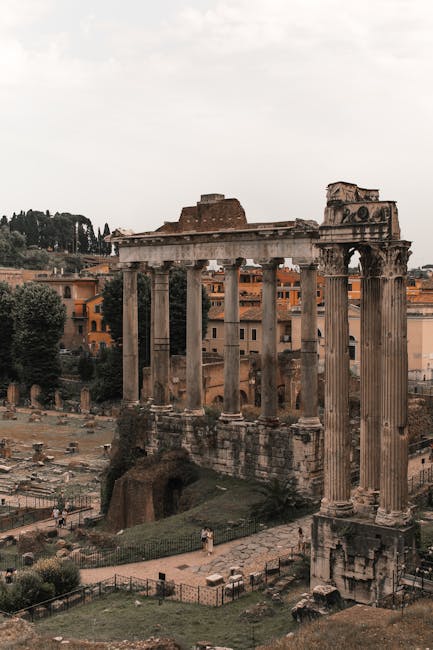The simple question, “What’s the shape of Italy?” prompts a seemingly simple answer. However, the true answer lies not just in geography, but in the cultural tapestry woven into the very fabric of this iconic nation. This seemingly straightforward query has spawned countless variations of a joke, revealing a surprising depth of humor that resonates across generations and cultures. Let’s delve into the enduring appeal of the ‘What’s the shape of Italy?’ joke, exploring its geographic origins, cultural nuances, and the comedic strategies that make it so effective.
The Geographic Foundation of the Joke
The joke’s foundation rests on the undeniable resemblance of Italy’s boot-shaped peninsula to, well, a boot. This visual similarity provides the immediate, almost instinctive, response – a ‘boot.’ This readily apparent shape is the starting point for a comedic journey, leading to various punchlines that play on this initial understanding.
Italy’s unique geography contributes significantly to the joke’s versatility. The ‘heel,’ ‘toe,’ and ‘leg’ of the ‘boot’ are identifiable geographical features, providing further opportunities for wordplay and comedic twists. The mountainous regions, coastal lines, and diverse landscapes further enrich the comedic possibilities. The joke isn’t simply about a shape; it’s a playful engagement with a country’s distinct physical characteristics.

Variations on a Theme: The Punchlines
The beauty of the “What’s the shape of Italy?” joke lies in its adaptability. The simple setup opens the door to a multitude of punchlines, each employing different comedic techniques. Here are some examples:
- The Straightforward Answer: “A boot!” This is the expected answer, and its simplicity forms the basis for more elaborate jokes.
- The Geographic Elaboration: “A boot with a really long leg.” This adds detail and extends the simple answer, creating a more humorous effect.
- The Absurd Answer: “A really stylish, slightly worn-out leather boot, possibly needing a polish.” This injects absurdity and personification into the answer, enhancing the comedic impact.
- The Sarcastic Answer: “It’s complicated.” This plays on the assumed simplicity of the question, creating a humorous contrast.
- The Self-Aware Answer: “It’s a boot… That’s the joke.” This meta-commentary highlights the simplicity of the joke itself, often creating a comedic effect through self-referential humor.
Beyond Geography: Cultural Connotations
The joke’s success isn’t solely dependent on Italy’s shape. The cultural context adds another layer of meaning and humor. Italy’s rich history, vibrant culture, and iconic status in global perceptions further enhance the joke’s comedic resonance. The image of the ‘boot’ becomes intertwined with broader cultural references to Italy – its fashion, cuisine, art, and history.
Italian Stereotypes and Humor
While using stereotypes can be risky, the “What’s the shape of Italy?” joke often plays subtly on certain established (and often affectionate) Italian stereotypes. The image of a stylish Italian, perhaps wearing a custom-made suit, enhances the comedic impact of describing the country as a ‘boot.’ This connection to fashion and style subtly informs the joke’s humor, adding a layer of cultural context.
The Role of Visual Humor
The joke inherently relies on visual imagery. The ability to visualize Italy’s shape is essential to understanding and appreciating the joke. This reliance on visual humor makes it universally accessible, transcending language barriers and appealing to a broader audience. The joke is often accompanied by a visual representation of Italy’s map, further emphasizing the humorous connection between the shape and the object it resembles.
The Enduring Appeal of Simple Jokes
The longevity of the “What’s the shape of Italy?” joke highlights the enduring power of simple, yet effective humor. The joke’s success lies in its ability to combine a straightforward observation with a playful twist, creating a moment of shared understanding and amusement. Its simplicity allows for a wide range of interpretations and variations, ensuring its continued relevance across different cultures and generations.
Why It Remains Relevant
The joke’s enduring appeal stems from its several key factors: its accessibility (it requires no prior knowledge or complex understanding), its visual nature, and its adaptability. The joke can be easily adjusted to suit different audiences and contexts, making it a versatile piece of comedic material.

The joke’s simple structure allows it to be easily remembered and shared, leading to its continued propagation through word-of-mouth and online platforms. The inherent ambiguity also leaves room for creative interpretations and reinterpretations, contributing to its longevity and relevance.

Expanding the Joke: Creative Applications
The joke’s premise can be cleverly adapted and expanded upon. Imagine using it as a springboard for a children’s geography lesson, a creative writing prompt, or even a stand-up routine. The versatility of the core concept lends itself to various creative applications.
- Educational Applications: The joke can serve as a memorable introduction to Italian geography for younger learners.
- Creative Writing: The shape of Italy can inspire creative metaphors and descriptions in various literary contexts.
- Stand-up Comedy: The joke forms an ideal base for a longer comedic bit, with the punchline leading to extended anecdotes or observations.
In conclusion, the “What’s the shape of Italy?” joke is more than just a simple question with a playful answer. It represents a complex interplay of geographic observation, cultural nuances, and comedic techniques. Its enduring appeal lies in its simplicity, versatility, and ability to tap into our shared human appreciation for a good laugh. It’s a reminder that sometimes, the funniest jokes are the ones that are deceptively simple.

